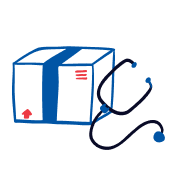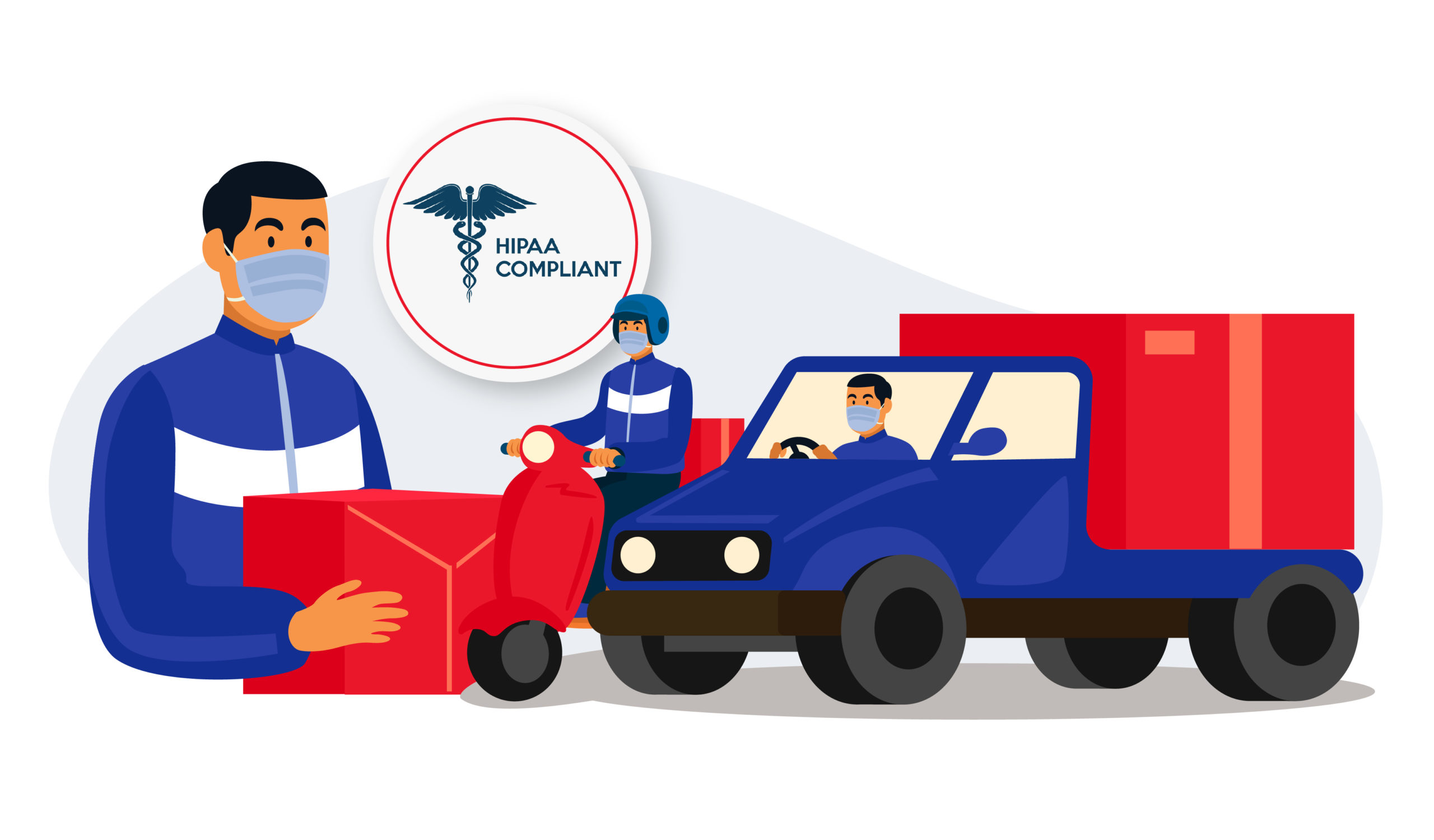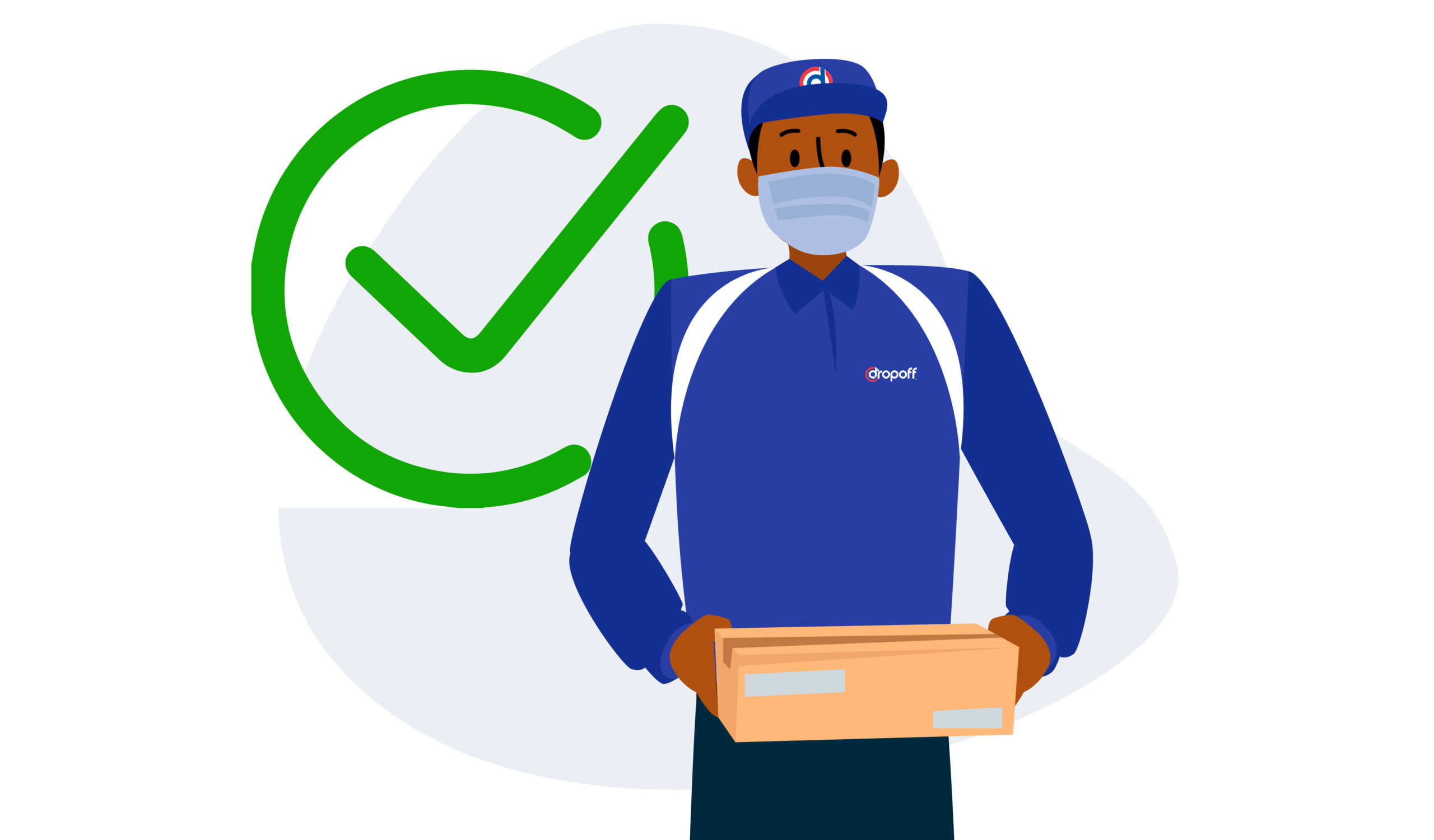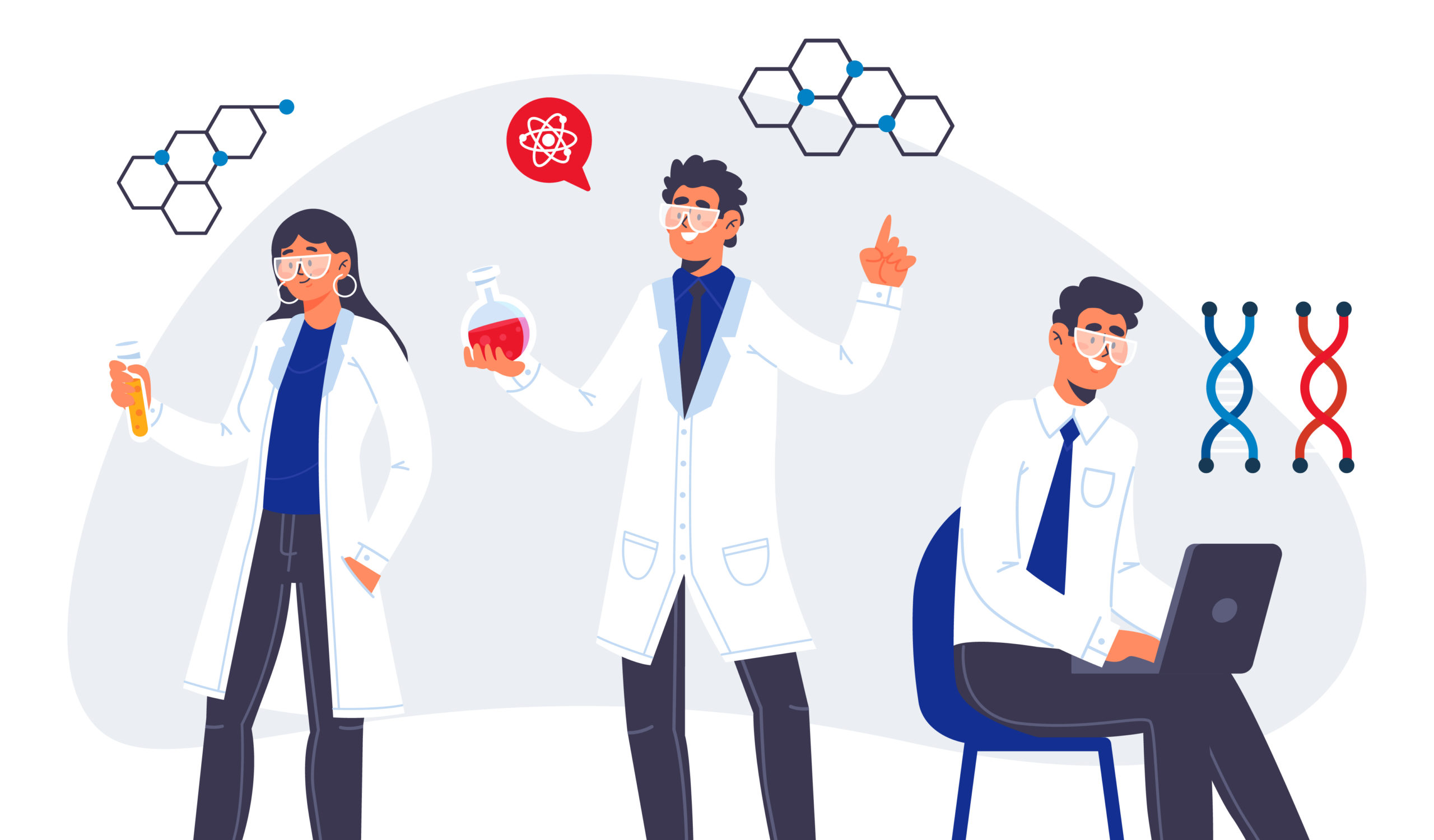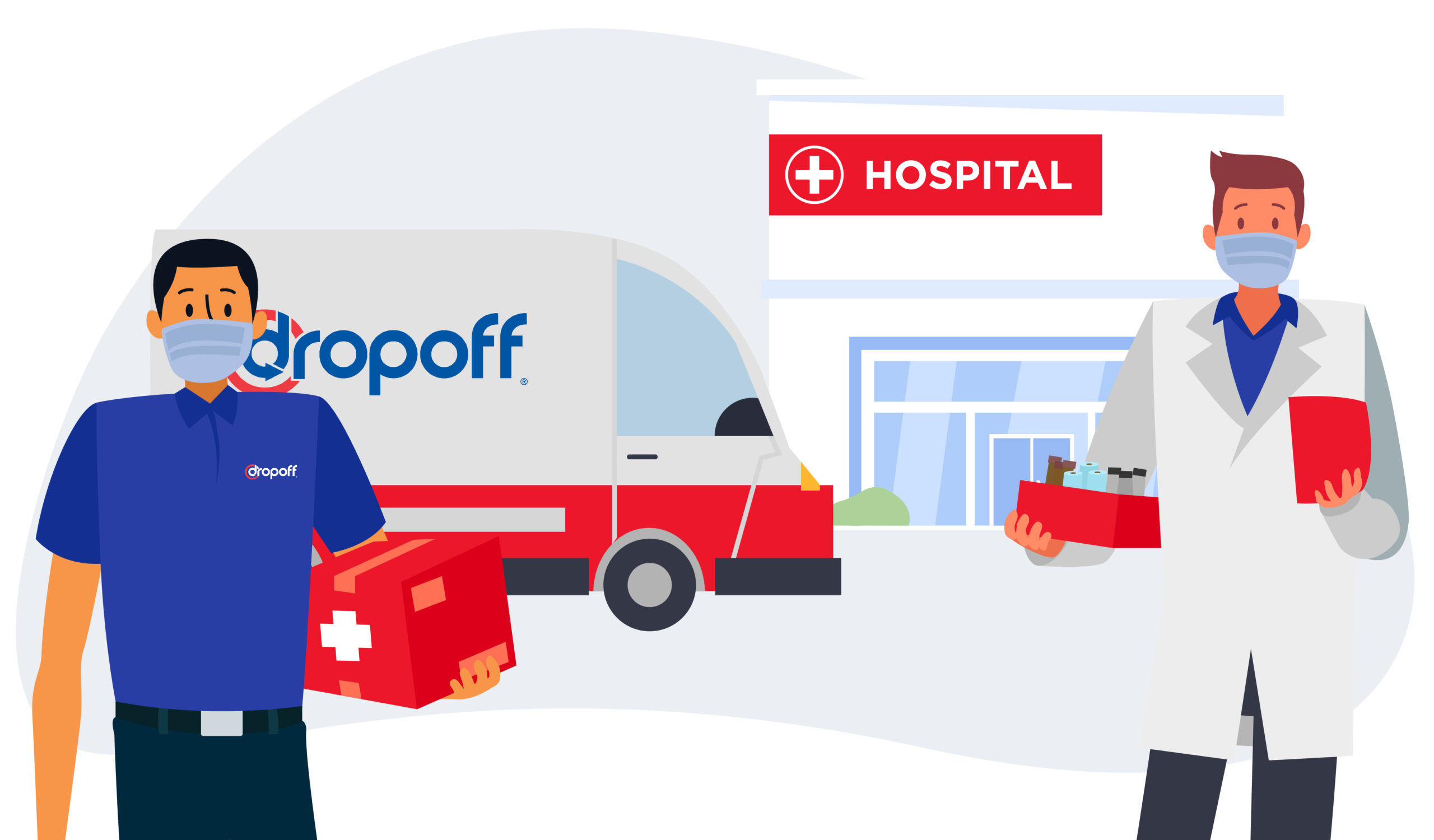How Technology is Leading Efforts for Universal Health Coverage
April 7 marks World Health Day, a day to celebrate and acknowledge the World Health Organization (WHO). With offices in more than 150 countries, WHO educates the public on building a better, healthier future for people all over the world.
Universal health coverage (UHC) is the theme World Health Day is focusing on this year, and their goal is to mobilize and amplify efforts to accelerate progress toward universal health coverage.
What Started The Efforts
The World Health Organization reported:
- At least half of the world’s population lacks full coverage of fundamental health services
- Where you live in the world drastically affects access to essential health services
These are just a couple reasons why The World Health Organization is working to protect people who lack access to health care essentials. It also strives to prevent serious risks for population health, including disease outbreak and epidemics.
What We Can Do To Help
As countries move toward universal health coverage, investments in technology solutions that can aid in both remote and urban areas are top of mind.
Technologies with the capability to deliver health care items are just one example. Countries, donors, and technology companies are actively focusing on developing integrated delivery systems that can provide medications and health care supplies to patients.
These deliveries are made for people who have different types of conditions and need immediate access to treatment. And to add another benefit, they are cost-effective and can improve equity in access to essential health care.
For example, medical supply deliveries are ramping up in 21 hospitals nationwide in Rwanda. A startup called Zipline is working with the Rwandan health ministry to provide lifesaving blood products to medical crews in remote areas. These instant deliveries are helping over eight million Rwandans.
Another reason why these fast deliveries are imperative is that fresh supplies need to be delivered on a regular basis. Without Rwandan hospitals receiving a frequent replenishment of medical supplies and medications, it could lead to expired items being used. It can also result in wasted items, which creates more hardship in a place where resources are limited.
In the United States, same-day delivery services aim to do the same for patients nationally. Although the U.S. is not resource-constrained in the same way Rwanda is, patients are still needing their potentially life-saving medical supplies and medications delivered same-day. These deliveries are often from hospitals, pharmacies and medical supply stores directly to patients’ homes.
The reasons for needing same-day delivery vary from patient to patient, but some of the most apparent ones are mobility issues, time constraints, and the need for privacy. These medications and medical supplies can include:
- Home infusions
- Specimens
- Oxygen tanks
- Prescription medications
- Organs and blood donations
Same-day delivery makes it possible for patients to receive access to timely promotive, preventive, curative, and rehabilitative health services. So, as you think about ways to contribute to the progression of universal health care, consider the advancement of health care technologies.
